Preserving native seeds is a practice that has been integral to human survival and cultural heritage for millennia. From the ancient techniques employed by indigenous peoples to the modern methods that ensure sustainability, the preservation of native seeds remains a cornerstone of environmental stewardship and biodiversity conservation. In this comprehensive guide, we delve into the intricate methods of storing native seeds, the legal complexities surrounding their preservation, and the critical role they play in fostering sustainable agricultural practices. Whether you’re a seasoned seed collector or new to the world of native seed preservation, this article offers valuable insights and practical advice to help you protect and propagate these vital resources.
Key Takeaways
– Seed Patents and Intellectual Property: Replanting seeds without authorization violates intellectual property laws, including patents, which protect developers’ investments in plant varieties.
– Legal Risks: Farmers who replant seeds risk legal action due to seed patents, genetic contamination risks, and economic impacts on the seed industry.
– Hybrid Seeds and Technology: Patented hybrid seeds lose viability if saved and replanted, emphasizing the need for annual purchases and reliance on company-controlled supply chains.
– Sustainability and Biodiversity: Limiting seed-saving practices reduces agricultural biodiversity and increases environmental impact, affecting both organic production and ecosystem health.
– Compliance and Best Practices: Farmers are advised to use approved seeds, respect intellectual property rights, and adhere to local regulations to support sustainable farming practices.
How Did Native Americans Save Seeds?
Native American communities have long practiced sophisticated seed-saving techniques that reflect deep understanding of nature and sustainability. These methods were integral to their survival and cultural preservation.
Traditional Seed-Saving Methods
- Optimal Timing: Many tribes saved seeds during specific seasons, ensuring proper ripeness and viability. For example, some relied on fall harvests for winter storage.
- Seed Rotation Systems: Indigenous peoples often rotated crops to maintain soil health and prevent disease, which indirectly supported seed preservation.
- Storage Solutions: They developed durable containers and caches, some lasting centuries, to protect seeds from pests and harsh weather.
- Pollination Awareness: Understanding pollination cycles allowed tribes to maximize seed production and ensure genetic diversity through careful selection.
Cultural Significance
For Native Americans, seed saving wasn’t just about survival—it was tied to cultural identity. Seeds represented heritage and were often treated with reverence, ensuring their continued use and传承。
Modern Practices Inspired by Tradition
Today, many gardeners and farmers draw inspiration from these methods. Organizations like Heirloom Gardening Hub promote heirloom seeds, preserving indigenous varieties. Efforts like those of Native Seeds Network work to restore traditional seed stocks, ensuring biodiversity and food security.
By learning from these ancient practices, modern agriculture can benefit from techniques that are both sustainable and culturally resonant.
How to Store Native Grass Seed
Storing native grass seed properly ensures viability and readiness for planting. Here’s a step-by-step guide to storing native grass seed effectively:
1. **Choose the Right Container**: Use clean, dry containers with tight-fitting lids. Plastic or metal containers work well, as they prevent moisture and pests.
2. **Control Temperature**: Store native grass seed in a cool, dry place. Ideal temperatures are between 32°F and 50°F (0°C to 10°C). Avoid storing seed in attics, basements, or near heating vents.
3. **Maintain Proper Humidity**: Keep the seed dry. Moisture can cause mold growth and reduce germination rates. Aim for a relative humidity level below 50%.
4. **Avoid Pests**: Store seed away from rodents and insects. Use containers with secure lids or place them in pest-proof locations.
5. **Label the Containers**: Clearly mark the container with the seed name, variety, and storage date to keep track of your stock.
6. **Test Before Planting**: Before using stored seed, perform a germination test by placing seeds in damp paper towels and checking for sprout growth over several days.
By following these guidelines, you can extend the shelf life of native grass seed and ensure successful growth in your garden.
Can I Just Throw Down Wildflower Seeds?
Yes, you can throw down wildflower seeds, but there are a few considerations to ensure successful growth and a beautiful display of blooms. Here’s a step-by-step guide:
- Timing: Plant wildflower seeds during late summer through early autumn for optimal germination. This allows the seeds to establish strong roots before winter.
- Germination Rate: Ensure the seeds are fresh and viable. Check the packaging for expiration dates and store seeds in a cool, dry place if planting later in the season.
- Soil Preparation: Prepare the soil by tilling or loosening the earth. Wildflowers prefer well-draining soil and don’t require rich fertilization.
- Seed Types: Choose wildflower mixes suited to your region, considering factors like sunlight (full sun, partial shade) and soil type (loamy, clay, sandy).
- Watering: Keep the area moist until the seeds germinate and establish a root system. Once grown, wildflowers are drought-tolerant.
- Competitors: Consider planting competitive plants like clover or grass to reduce weed growth and give your wildflowers room to thrive.
- Pollinator Appeal: Wildflowers attract pollinators like bees and butterflies, making them a great addition to your garden for biodiversity.
- Location: Select a spot with adequate sunlight and good drainage. Avoid low-lying areas prone to standing water.
- Spread Method: Scatter the seeds evenly across the prepared soil. Lightly cover with a thin layer of soil or sand to protect the seeds from birds and harsh weather conditions.
- Care After Germination: Once the seeds sprout, let nature take its course. Minimal maintenance is required, but deadheading spent flowers can encourage more blooms.
By following these tips, you’ll enjoy a vibrant wildflower display that attracts pollinators and enhances your garden’s natural beauty. Happy gardening!
Why is it Illegal to Replant Seeds?
Replanting seeds is often restricted due to legal and ethical considerations surrounding intellectual property, environmental protection, and economic interests. Here’s a breakdown of the key reasons:
- Seed Patents : Many seeds are protected under intellectual property laws, particularly patents. These patents grant exclusive rights to the developers, preventing unauthorized use, including replanting. Violating a seed patent can result in legal action.
- Intellectual Property Rights : Beyond patents, breeders and companies invest significant resources into developing unique plant varieties. Protecting these investments ensures continued innovation and sustainability in agriculture.
- Genetic Pollution : Replanting seeds can lead to the spread of genetically modified organisms (GMOs), potentially contaminating non-GMO crops and harming organic production.
- Economic Impact : The seed industry relies on sales and licensing. Unauthorized replanting undermines this market, reducing revenue and discouraging investment in new seed varieties.
- International Laws : Various countries have strict regulations against replanting seeds without authorization, reflecting concerns over trade and market stability.
Farmers are encouraged to use approved seeds and to understand local regulations to ensure compliance while supporting sustainable farming practices.
Why Can’t Farmers Save Monsanto Seeds?
Farmers are typically restricted from saving Monsanto seeds due to the company’s stringent patent protections. Monsanto seeds are often covered under intellectual property law, which grants the company exclusive rights to their genetically modified organisms (GMOs). This includes the rights to reproduce and sell the seeds, which are usually tied to contracts farmers must sign when purchasing them. These contracts stipulate that farmers agree not to save seeds for replanting in subsequent seasons, as doing so would infringe on Monsanto’s intellectual property.
Monsanto has filed lawsuits against hundreds of farmers worldwide, claiming they violated these agreements by saving and replanting seeds. The company argues that such actions constitute unauthorized duplication and theft of its proprietary technology. Farmers who violate the terms face significant legal consequences, including fines and injunctions.
One key aspect of Monsanto’s seed technology is the use of hybrid seeds, which are specifically bred for optimal yield and resistance to pests and diseases. Hybrid seeds generally lose their desirable traits if saved and replanted over time, making it impractical for farmers to rely on their own seed stocks. This further necessitates the purchase of new seeds each growing season.
Additionally, Monsanto’s seed patents extend to the “Roundup Ready” trait, which allows crops to withstand herbicides containing glyphosate. This technology is protected under U.S. Patent Law, and farmers who save seeds risk losing the ability to maintain this trait in their crops, which could reduce their productivity and profitability.
The inability to save seeds also impacts the financial stability of farming operations. Farmers must purchase new seeds annually, which can be costly, especially for large-scale operations. This financial burden contributes to the global control of seed distribution by companies like Monsanto, limiting competition and potentially driving up food prices.
Environmental concerns also arise from the reliance on patented seeds, as it reduces biodiversity and increases the environmental impact of agriculture. Farmers who cannot save seeds may discard unwanted seeds, contributing to waste, while others may opt for conventional varieties, which can have lower yields and less resistance to pests and diseases.
In summary, the restrictions on saving Monsanto seeds are rooted in patent law, hybridization requirements, and the economic interests of the company, impacting farmers’ autonomy and the sustainability of agriculture.
In Which States Is It Illegal to Grow a Garden?
While most states do not have outright bans on growing gardens, certain states have specific laws or regulations that may restrict front-yard vegetable gardens due to aesthetic concerns or neighborhood guidelines. Here are the details:
- Florida:** It is legal to grow vegetables in front yards.
- Illinois:** Similarly, front-yard gardening is permitted.
- Alabama:** No outright ban, but some homeowner associations (HOAs) may restrict vegetable gardens.
- Arkansas:** No state law restricting front-yard gardens, though local regulations may apply.
- Connecticut:** Front-yard gardening is generally allowed unless specified by local ordinances.
- Georgia:** No state law banning gardens, but some HOAs may have restrictions.
- Kentucky:** No state restrictions, but local regulations vary by community.
- Louisiana:** No state law against front-yard gardens, though some parishes may have specific rules.
- Mississippi:** No state law restricting gardens, primarily relying on local ordinances.
- Missouri:** No state restrictions, but check local city or county codes.
- Nebraska:** No state law against front-yard gardens, varies by city.
- Nevada:** No state law, but regulations depend on county or municipal governments.
- North Carolina:** No state law restricting gardens, local HOAs may impose rules.
- Pennsylvania:** No state law, local zoning laws may apply.
- South Carolina:** No state law, but some HOAs may restrict vegetable gardens.
- Tennessee:** No state law, varies by locality.
- Texas:** No state law, mostly local regulations govern front-yard gardens.
- Virginia:** No state law, local HOAs can impose restrictions.
- Washington:** No state law, varies by city and county.
- West Virginia:** No state law, local regulations typically apply.
- Wisconsin:** No state law, but some HOAs may restrict vegetable gardens.
For precise information, consult your local city or town government, as many of these laws are enforced at the municipal level rather than state-wide.

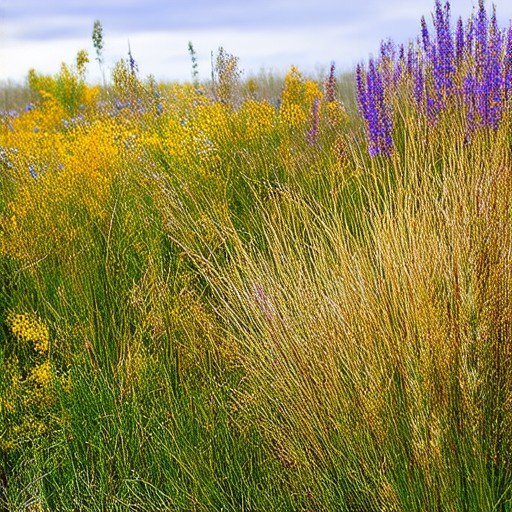
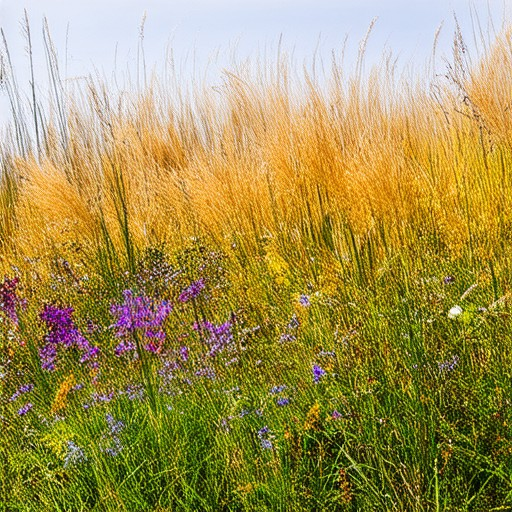
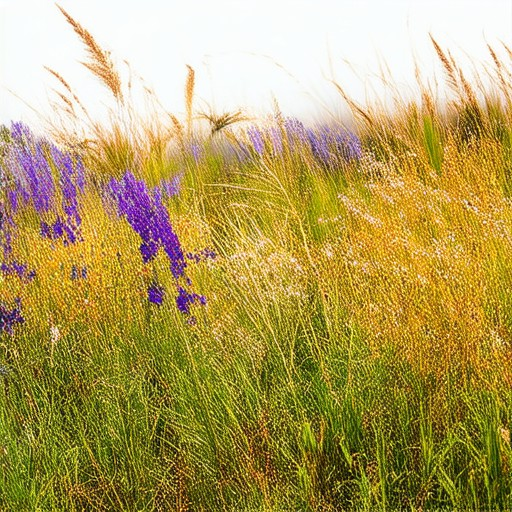
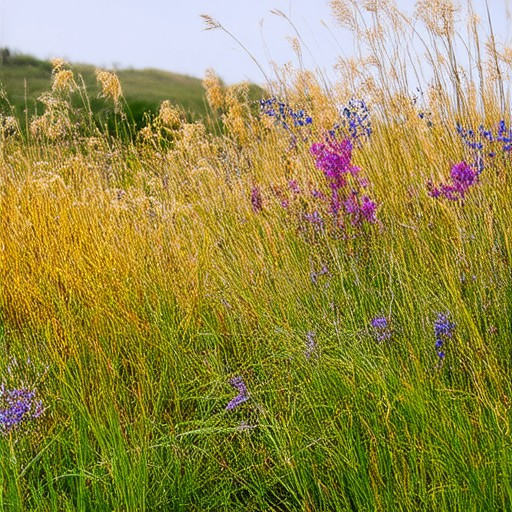

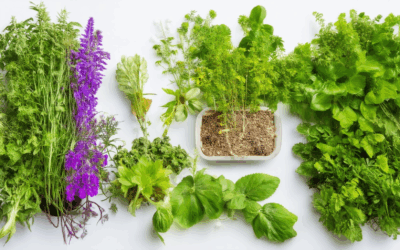
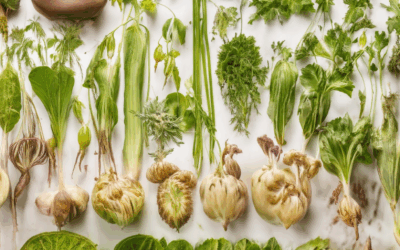
0 Comments